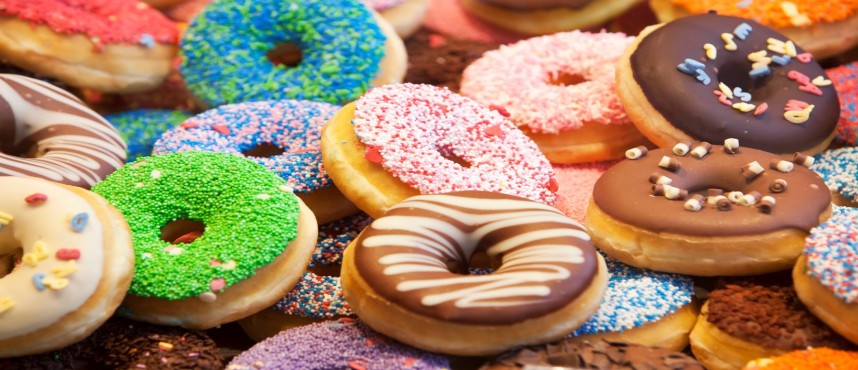Baking that perfect cake is never easy, especially the creative ones that need to be tasty and appealing to the eyes. You should use palatable and safe food colours, along with some icing, fruits, snacks, or dry fruits for the cakes.
Sometimes, the colour is darker or lighter than what we want, or the icing comes out as thin, just because of one extra drop of food colouring or the wrong type. If you’re a beginner, read on to learn how to use food colours to decorate your cakes and get that perfect shade.
Types of Food Colouring
Food Colouring is of different types:
- Liquid food Colouring – These are made of synthetic colouring and a water base. Due to the watery base, these colours are very concentrated and are perfect if you want pastel colours. It is best used with water, chocolate, syrup, and other such liquid mediums.
- Gel food Colouring – Food colouring in the form of gel or its paste is thicker, and the colours are more intense and vivid.
- Powder food Colouring – These food colourings are dry, with no liquid components. Thus, these are perfect for chocolates and macarons.
Here are a few helpful tips on how to work with food Colouring –
- Start small – Always start blending your food colouring in tiny quantities and gradually increase the colours. Remember that it is simpler to add colour than to remove it. Even if it takes more time, it will be comparably quicker and more efficient than beginning from scratch.
- Use Natural Light – To accurately see the colours you’re making, always decorate the cake in natural light. A lot of artificial lighting has a drab, yellowish hue that may completely alter the appearance of colours. It wouldn’t be ideal to colour something green for a certain order only to discover that it is more of a blue tone in natural light.
- Colour mixing guide – Here are some colour combinations that you can remember:
- Purple – Red and blue
- Green – Blue and yellow
- Orange – Red and yellow
- Sepia – Begin with a cream colour and add the colour you need
- Brown – Purple and yellow
- Pink – Small amounts of red
- Mint – Soft green and baby blue
These colours’ dark or light hues depend on how much you add to the making colours. For example, while making the brown colour, slightly more purple will give it a darker hue.
- Mixing Technique – It’s not always necessary to just whisk food colouring into your batter when adding it. Your preferred working style and the type of material you’re utilising will determine the approach you follow.
- Developing – Over time, food colour changes and darkens. Knowing this is crucial, especially when colouring fondant red or black. Allow your fondant (or buttercream or royal icing) to set for 10-15 minutes and check to see how much it has darkened before adding further colours.
- Base – Many individuals enquire as to why their buttercream or batter has become more peach than pastel pink or turquoise than blue. The base colours of the material you’re dealing with are among the most crucial details to keep in mind.
With these tips, you can perfect the art of using food colours in cake decoration and become a master baker with an artistic touch. With world-class R&D, state-of-the-art infrastructure and uncompromising standards, Neelikon is an industry leader when it comes to the top quality food colouring products. Get in touch to know more about our products.


